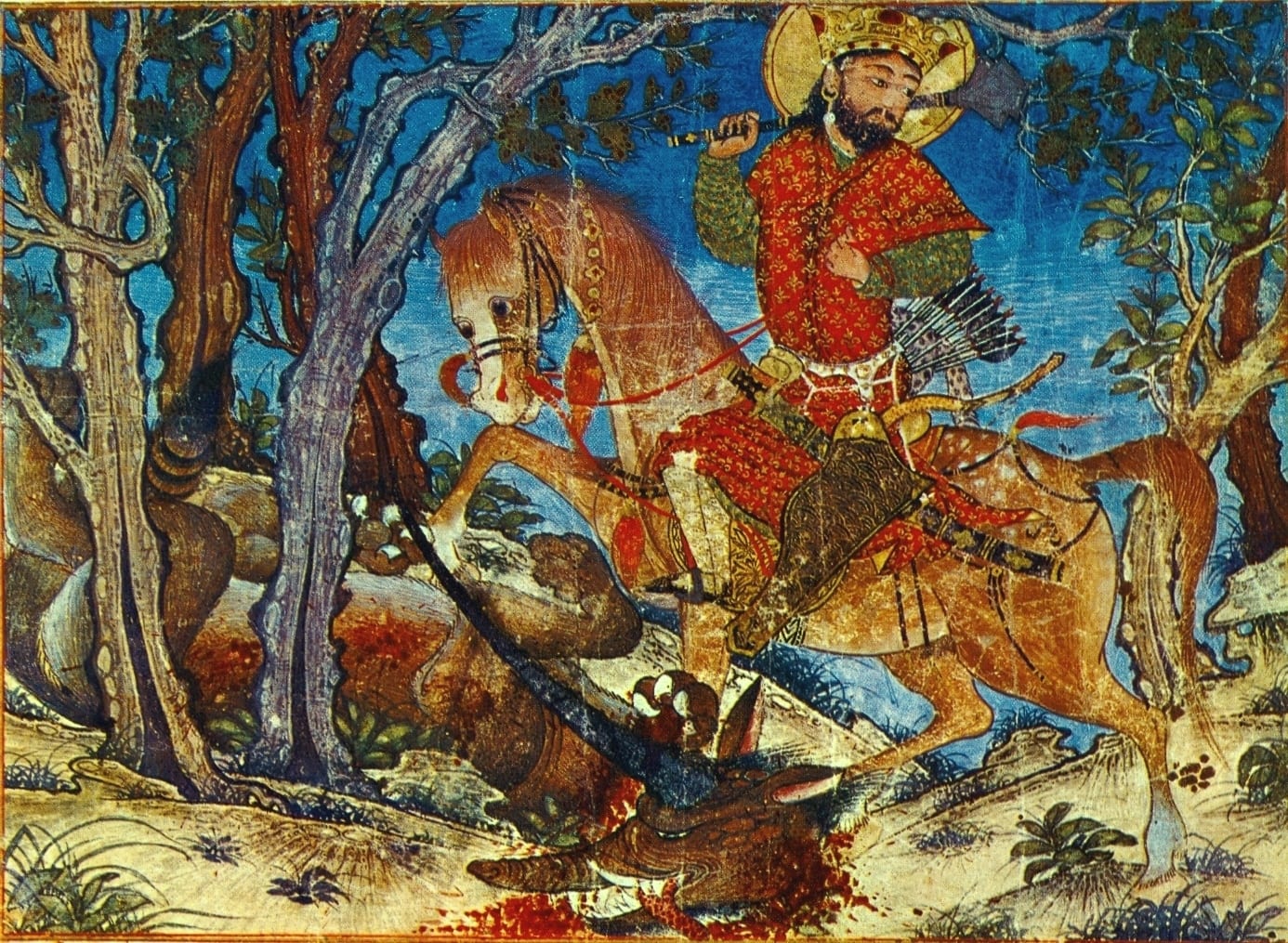Iranian Handicrafts: Exploring the Art and Crafts of Iran
Crafting Excellence: A Close Look at Iran’s Handicraft Heritage

Explore the intricate world of Iranian handicrafts, where tradition seamlessly blends with innovation. From Persian carpets to delicate pottery, each piece embodies Iran’s rich cultural heritage. Discover the narratives woven into these masterpieces, showcasing the skill and dedication of artisans. Immerse yourself in the beauty of Iran’s artistic landscape, where creativity thrives.
Iran boasts one of the world’s most diverse cultural heritages, encompassing a myriad of artistic expressions. From carpet weaving to Persian miniature, pottery to architecture, music to calligraphy, Khatam-kari to vitreous enamel, and wood mosaic, Iran’s cultural landscape is unparalleled.
Artisanal handicrafts, prevalent in both urban centers and rural villages, rely on traditional expertise rather than novel technologies. These creations are more than mere commodities; they embody artistry, insight, and cultural heritage.
In this article, we introduce some of the most renowned artworks by Iranian artists, showcasing their talent and creativity.
Contents
Carpet Weaving






Iran is the place where carpet weaving was born. The discovery of Pazyryk – the oldest carpet – in the Siberia Mountains and its similarity with Persepolis made the researchers come up with the fact that this is an ancient art in Iran.
Carpets woven in towns and regional centers like Tabriz, Kerman, Mashhad, Kashan, Isfahan, Nain and Qom are characterized by their specific weaving techniques and use of high-quality materials, colours and patterns. Town manufactories like those of Tabriz have played an important historical role in reviving the tradition of carpet weaving after periods of decline.
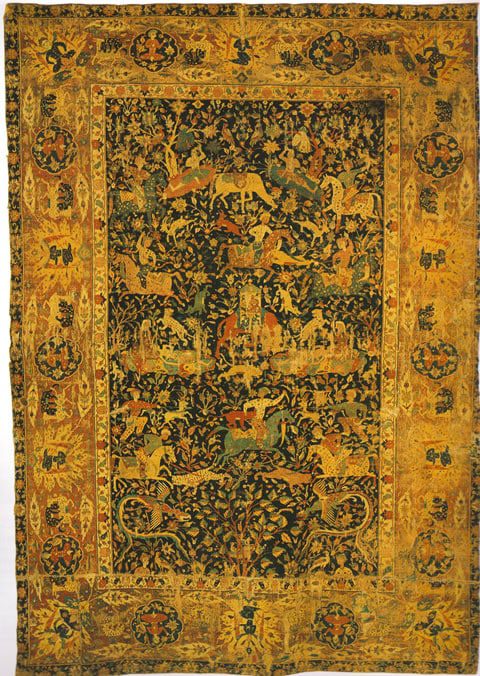
Rugs woven by the villages and various tribes of Iran are distinguished by their fine wool, bright and elaborate colours, and specific, traditional patterns.
Nomadic and small village weavers often produce rugs with bolder and sometimes more coarse designs, which are considered as the most authentic and traditional rugs of Persia, as opposed to the artistic, pre-planned designs of the larger workplaces. Gabbeh rugs are the best-known type of carpet from this line of tradition.
Persian Miniature
The most well-known and worthwhile samples of Iran’s picture art could be seen in the manuscripts which are called Persian miniature.
In the Persian miniature, the designs are not similar to the real world. The close landscapes are in the lower section and the remote landscapes are in the upper section that none are full-faced.
Pottery
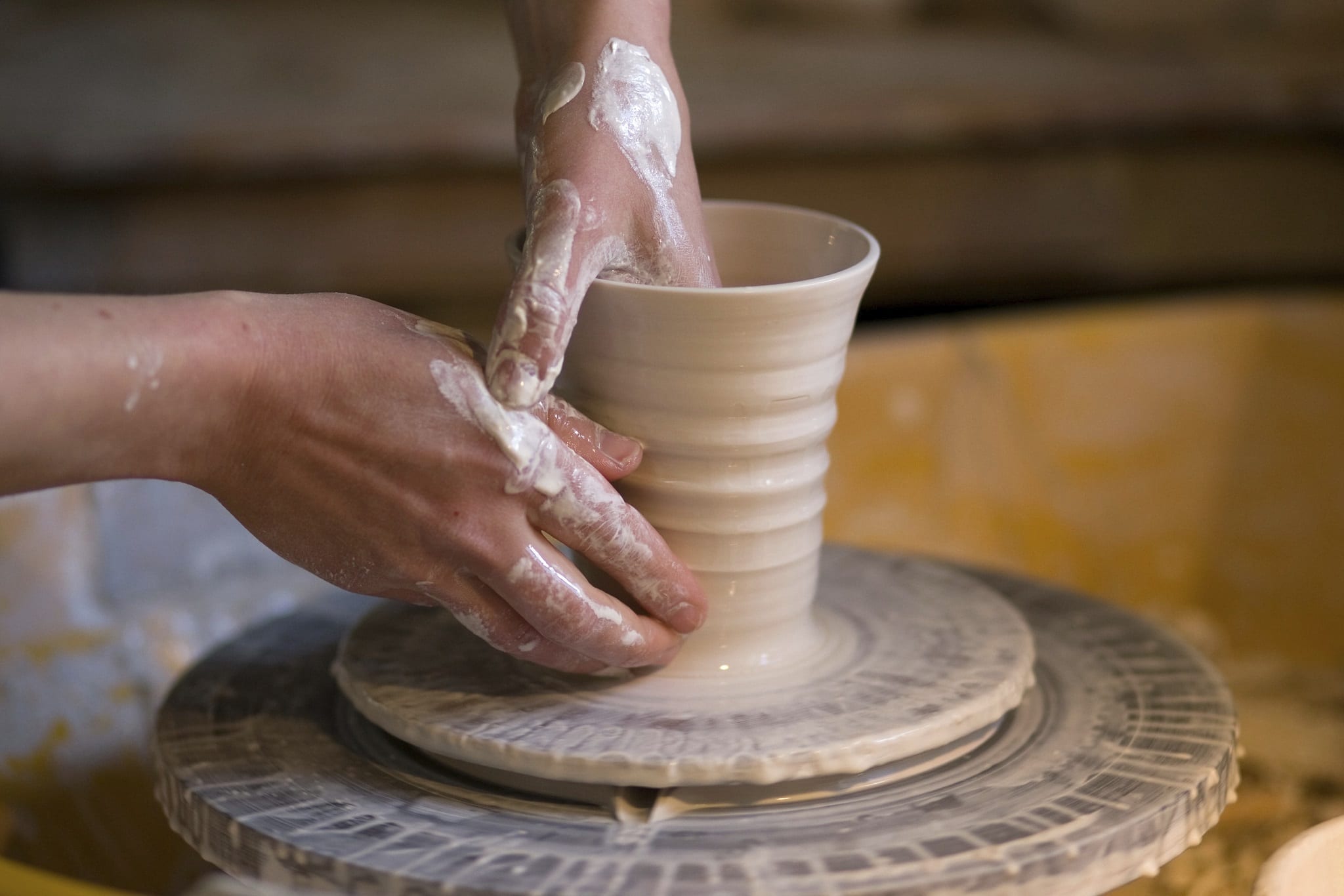
It is the craft of making ceramic material into pots or pottery wares using mud. Clay is the most desirable soil used in this industry.
Today, potteries are being made in most of the cities of Iran such as Gonabad, Lalejin in Hamedan, Meibod in Yazd, Shah Reza in Isfahan, Zanvar in Aerbaijan, Kalporgan in Sistan Balouchestan, Jouibar in Mazandaran and Siahkal in Gilan.
Architecture
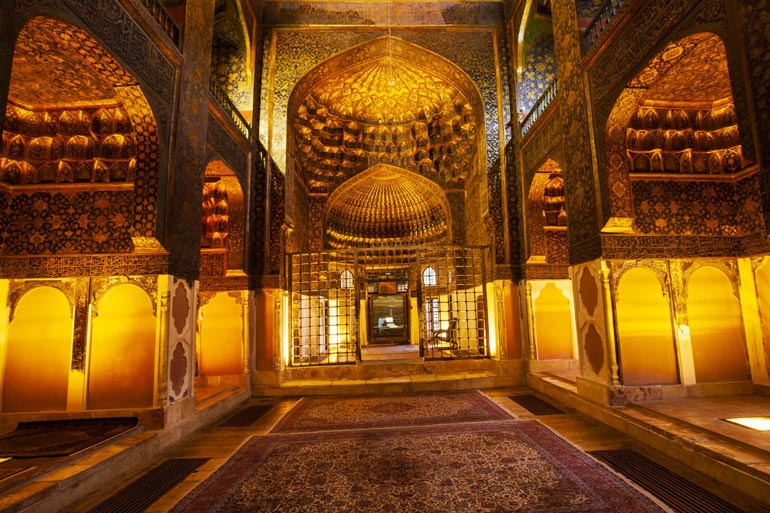
Iran’s architecture goes back to the seventh millennium before Christ. This art is developed for different reasons especially religious reasons.
Iranian culture is especially valuable in comparison with the architecture of the other countries in the world; features such as suitable drawing, precise mathematic calculations, respecting technological and scientific issues in the building, high terraces, elevated pillars and finally various designs that each introduce the glory of the Iranian architecture.
Music

Iranian music has been disseminated among the Iranian people since a thousand years before Christ and the most agreeable, easiest and understandable ones are available today. A big part of the Central Asia, Afghanistan, Pakistan, the Republic of Azerbaijan, Armenia, Turkey and Greece are influenced by this music. Barbod and Nakisa are the musicians in Ancient Iran.
Calligraphy

Calligraphy is almost everywhere, but it is on the top of the visual arts in the East, Islamic lands and Iran. Islamic calligraphy and Iranian calligraphy is a wonderful balance of its elements and segments. The balance between the utility and the mobility; the balance between the frame and the context that can make a suitable shape for various meanings.

Khatam is a systematic polygonal with various numbers of frontages that is made of various ingredients in different colors. Five, six, seven, eight, or ten-gonals. Different types of wood, bones, some of the metals as well as shell are the main materials used in Khatamkari. We do not know where exactly this art stems from and there are many myths about its history.
Minakari
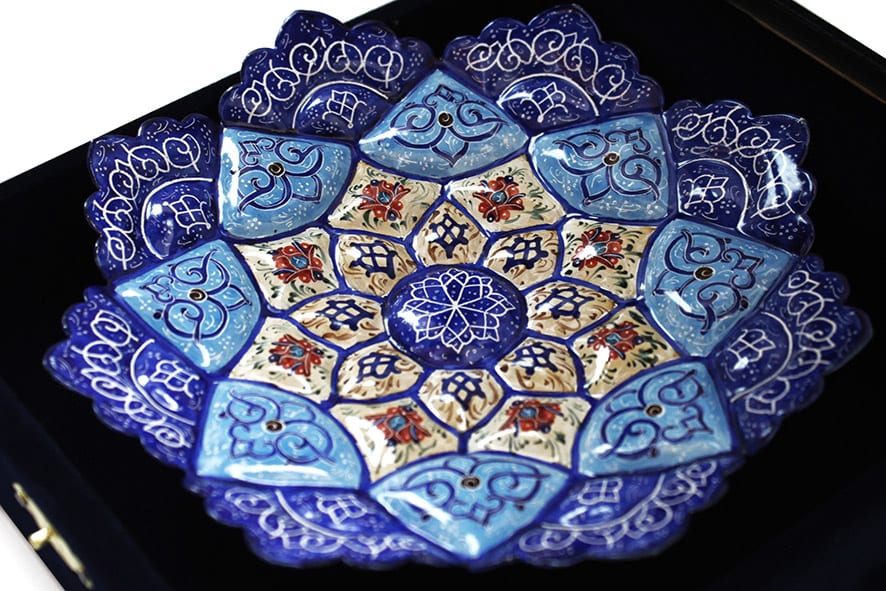
The art of Minakari or Enamelling is called miniature of fire as well as the decoration of metal and tile with mina glaze. Minakari or Enamelling is the art of painting, colouring and ornamenting the surface of metals by fusing over it brilliant colours that are decorated in an intricate design. Mina is the feminine form of Minoo in Persian, meaning heaven. Mina refers to the Azure colour of heaven.
Read More
